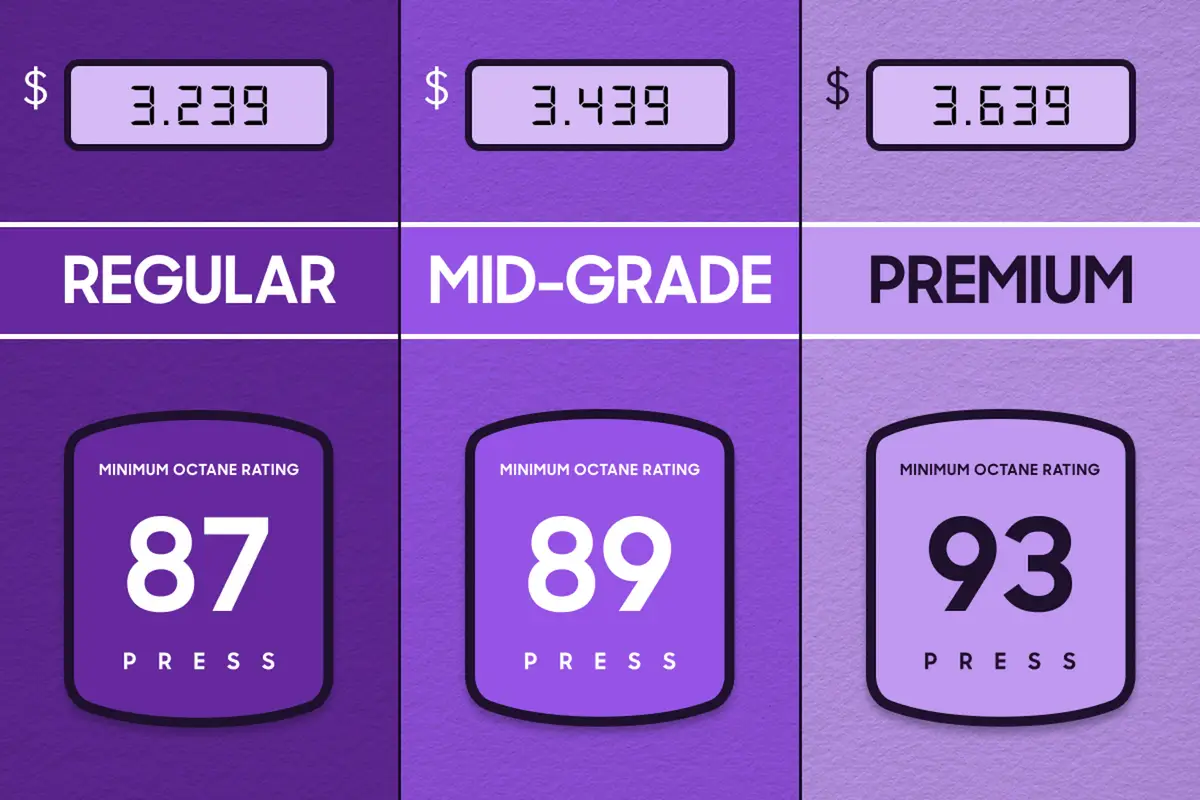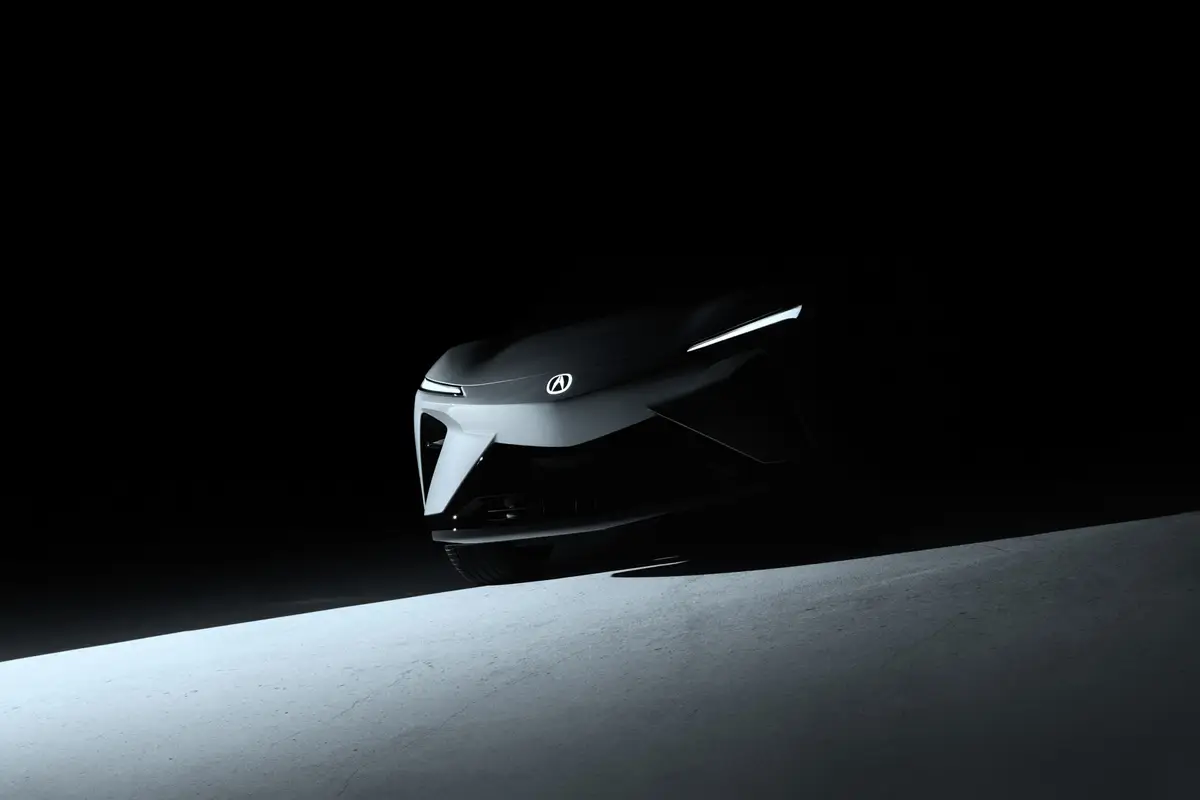chicagotribune.com's view
After five years, the marriage of Chrysler and Mercedes has produced its first offspring, a 3,000-pound, two-seat bundle of driving joy named Crossfire that goes on sale next month.
A trans-Atlantic courtship was responsible for some of the delay, but why five years to bring out one vehicle incorporating the talents of both?
“It took time to get to know each other,” said Larry Achram, Chrysler’s vice president of advanced vehicle engineering. “This is the first fruit of our labor, but we have lots of other projects coming soon.”
Crossfire owes its dramatic looks to its U.S. designers, the folks who created the Dodge Viper and Plymouth Prowler. The long hood is complemented by a rounded fastback rear end that hides a spoiler built into the hatchback lid.
Crossfire owes its feistiness to its German engineers, the folks who created the SLK roadster and CLK coupe. About 39 percent of the parts and components were supplied by Mercedes-Benz, including engine, transmission and suspension, not to mention a rear-wheel-drive platform lifted from the SLK/CLK and tweaked by Chrysler. The result is a machine as refined as Viper is crude, as quiet as Prowler was noisy.
By using Mercedes components, Chrysler was able to bring Crossfire from idea to reality in 24 months at a cost of about $280 million when most new vehicles require 36 months and at least $1 billion to develop.
“Crossfire is a model of how in the future we can leverage our partnership with Mercedes, which ensured quality by using existing parts and allowed us to put the vehicle together quickly because we didn’t have to reinvent things as we went along,” Achram said.
“How long would it have taken and how much would it have cost to do without Mercedes? I’m not sure we would even have been able to do the car without Mercedes,” he said.
The two-seat Crossfire is powered by the same 3.2-liter, 215-horsepower V-6 in the SLK with a choice of 6-speed manual or 5-speed automatic with manual shift mode. The test car came with automatic.
Sufficient pep moving from the light while rated at a surprising 21 m.p.g. city/27 m.p.g. highway. With manual, rating is 18/27.
While the SLK is cumbersome in reaching highway speeds, Crossfire is more nimble in reacting to pedal input. The V-6 is rated at 229 foot-pounds of torque at 3,000 r.p.m. for quick off-the-line movement. Of course, some will argue that Crossfire could use a few more horses.
“We wanted it to be a credible sports car and not run out of spit before reaching 100 m.p.h. It has a top speed of 160 m.p.h. with the 3.2-liter and is comfortable at that speed,” Achram said.
However, Achram doesn’t rule out more power in the future, noting that as a concept two years ago, Crossfire came with a supercharged 2.7-liter, 275-h.p. V-6; the 3.2 is naturally aspirated.
“We have our Performance Vehicle Operations, and PVO wasn’t set up just to do Viper SRT10s or Neon SRT4s, so you never know,” he said.
“Crossfire could have been tuned as a boy racer, but we took a more refined approach because Chrysler is a premium brand. It’s a plush car, but not so plush you have to be bashful when it comes to handling or performance,” he said.
The test drive included a couple of days at the Midwest Automotive Media Association rally at the Road America track in Elkhart Lake, Wis. No complaints about the V-6 during track time.
Crossfire was designed with a stiff body and rigid chassis to eliminate squeaks, rattles and vibration, and ensure precise handling, which was evident on the track.
Crossfire sat flat into and out of corners and turns as if guided by a magnetic strip in the pavement. And just enough steering effort so you don’t fight the wheel because it takes too much effort or the wheel fights you by being too loose.
The 18-inch front and 19-inch rear speed-rated Michelin radial tires are designed to deliver optimum handling and they do. Continental all-season radials are an option for Snow Belt drivers. Designed to provide better foul-weather grip, they aren’t going to deliver as sure-footed handling, Chrysler said.
As an added benefit, anti-lock brakes with all-speed traction control and electronic stability control are standard. Traction control reduces slippage moving away from the light, and stability control applies the ABS or limiting engine torque to prevent skidding.
The roads leading to and from the track aren’t as smooth as those at Road America. Crossfire’s suspension is designed more for precision handling than luxury smooth ride. You won’t be jarred or jostled, but you’ll hear the radials slap against the tar marks underneath and feel a little of the commotion transmitted back into the wheel as well as into the bucket seat.
Noteworthy features include lots of chrome cabin trim; a matte finish dash top to prevent glare; numerous pouches/net pockets to hold items; a motion detector alarm to guard against unauthorized tow away; and a passenger-side air-bag switch to deactivate the bag when hauling a child safety seat or small occupant. However, the switch is in the side of the dash, and you have to open the passenger door to get to it.
The key fob includes a panic-alarm button; the top of the ashtray flips down to expose a coin holder, the steering column telescopes (but doesn’t tilt) to serve different size drivers; golf clubs will fit in the cargo hold, though snuggly; an umbrella holder is between the seats in back; and a cupholder pops out of the center console, though it sits far back and the expandable arms aren’t paper or plastic cup friendly.
There are a few gripes. Crossfire adopted Mercedes’ habit of placing the cruise-control stalk on the steering column, where it blocks the turn-signal stalk. Huge nuisance.
Worse, the rear roof pillars are very wide and the angle of the hatchback window very slanted, which means precious little visibility out the back. The spoiler just below the rear glass rises once you reach 57 m.p.h. to add to stability, but then the viewing area shrinks even more. Small outside mirrors don’t help. Backing out of a parking space is a chore.
Finally, the leather bucket seats had about a 100-mile comfy span before fatigue set in. Could be that the sides of the seat bottom are raised a bit too high and prevent the backbone from settling properly into the cushion.
Base price is $33,620 with 6-speed manual, $34,695 with 5-speed automatic. Only other options are the all-season tires (price not set) and body color.
Standard equipment includes dual-zone climate control; power windows and locks; power heated and fold-away mirrors; power heated seats; tinted glass; AM/FM stereo radio with CD player; and three-piece fitted luggage designed for the rear cargo hold.
Chrysler expects to sell 20,000 units. You may want to get in line soon.
TEST DRIVE
2004 Chrysler Crossfire
Wheelbase: 94.5 inches
Length: 159.8 inches
Engine: 3.2-liter, 215-h.p., 18-valve V-6
Transmission: 5-speed automatic
Fuel economy: 21 m.p.g. city/27 m.p.g. highway
Base price: $34,695
Price as tested: Add $875 freight.
Pluses: First ever Chrysler sports car. Quick to market thanks to borrowing parts from Mercedes-Benz. Peppy V-6 yet very good mileage. Surefooted handling. Dramatic styling. Limited options to keep from running up the price.
Minuses: Rear/side vision blocked by roof pillars. Side mirrors tad small. Driver seat needs softening. Expect to pay top dollar because production limited.
Latest news

If Premium Gas Is Recommended for My Car, Will Using Regular Void the Warranty, Ruin the Engine?


